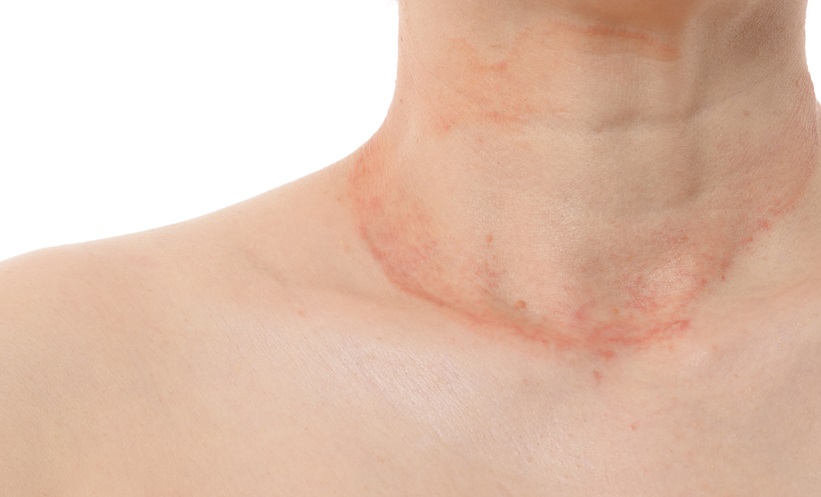RECENT research presented at the 2024 EULAR congress has shed light on the disease’s complex mechanisms of Sjögren’s disease which primarily targets the salivary and lacrimal glands, causing inflammation, dryness of the eyes and mouth, fatigue, and decreased quality of life. Particularly focusing on the role of the salivary glands.
Sjögren’s disease involves the formation of tertiary lymphoid structures (TLS) in the salivary glands, which resemble secondary lymphoid organs in their cellular composition and organization. These structures are linked to active disease, increased autoantibody production, and higher malignancy risk. A thorough understanding of the salivary gland microenvironment is crucial for developing effective treatments, but existing profiling methods often fail to preserve the spatial architecture of the tissue.
A research team led by Nayar S presented a study that had addressed this challenge by mapping identified and novel cell populations within the salivary glands. They defined eight distinct tissue “neighbourhoods,” each characterized by different cellular compositions. Some neighbourhoods were enriched with epithelial cells, while others contained various immune cell populations. Notably, one neighbourhood enriched with IgA plasma cells was associated with myeloid cells, contrasting with IgG plasma cell niches. This spatial mapping could lead to new therapeutic discoveries for managing Sjögren’s disease.
A different study presented at EULAR by Meudec L et al, focused on salivary gland epithelial cells (SGEC), which are known to play a pathogenic role in Sjögren’s disease. The researchers aimed to develop organoids from minor salivary gland biopsies of patients and controls. These organoids, capable of long-term culture, express epithelial ductal and acinar markers and mimic epithelial diversity. When exposed to pilocarpine, they showed increased calcium levels, indicating a capacity to secrete saliva in response to cholinergic stimulation. However, this response was diminished in organoids derived from Sjögren’s patients compared to controls.
Further characterisation of these organoids is needed to create immuno-organoids to study interactions between epithelial and immune cells and test drug effects. This research aims to provide a comprehensive understanding of the salivary gland microenvironment, potentially leading to new treatments that target the underlying pathogenesis of Sjögren’s disease, as current therapies focusing on immune cell suppression have not proven effective in clinical studies.
Comprehensive insights into the salivary gland could revolutionise the approach to treating Sjögren’s disease, moving beyond immune cell suppression to directly target disease mechanisms.
Aleksandra Zurowska, EMJ
Reference:
Nayar S et al. Spatial insights into the salivary glands of patients with Sjogren’s Disease Fibroblasts, Cytokines and Chemokines, ‘-omics. Abstract OP0199. EULAR, 12-15 June, 2024.
Meudec L et al. Development of salivary gland organoids to study Sjögren’s disease. Abstract OP0199. EULAR, 12-15 June, 2024.








